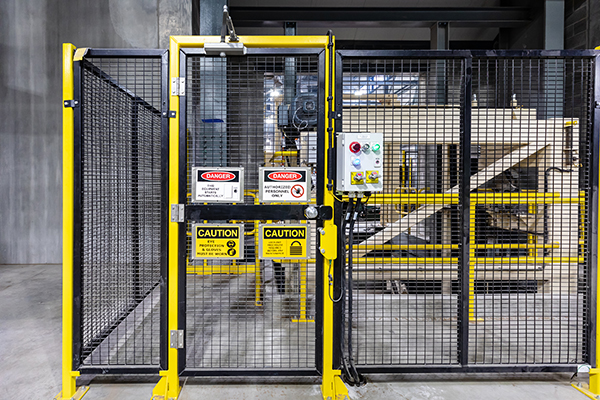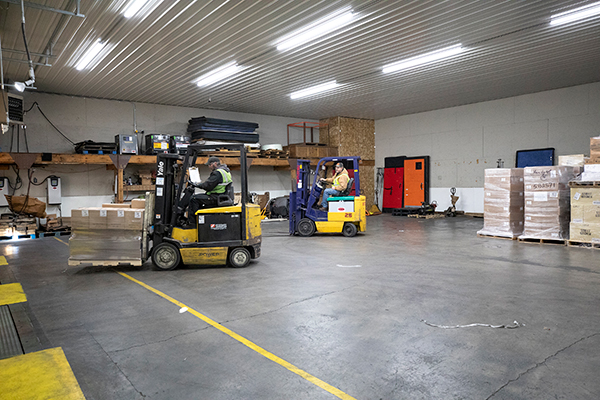Risks and hazards unique to your business may not be included in Occupational Safety and Health Administration’s top 10 violations report.
Skilled employees are your most valuable asset. Losing even one to injury can lead to lost productivity, out-of-pocket costs, and a potential decline in revenue as you work to get fully staffed.
Business leaders like you know it takes time and money to train new employees. Data also shows that first-year employees account for more than 25% of all workplace injuries. Meanwhile, a tight labor market persists, with a 3.9% unemployment rate. That’s why as you manage business costs, it’s important to protect valuable employees already on your payroll.

Investing in safety can help protect everything you’ve worked hard for—not to mention your company’s reputation as an employer who values its employees.
That’s why it’s worth paying attention each fall when OSHA releases its annual top 10 most frequent violations from the past fiscal year, which ended September 30. If nothing else, it’s a good reminder of what OSHA inspectors see every day in industries like yours.
Here are OSHA’s top reported violations, along with preventative measures, that apply to manufacturers. Respiratory protection, which ranked fourth in 2022 on OSHA’s top 10 list, fell three spots to seventh, even with an increase in violations. Powered industrial trucks rose two spots.

OSHA mostly issues these violations when notified by an employee of a company of an unsafe work environment or when an injury has been reported. While OSHA’s report may spark concern, its list of violations may not include all the risks and hazards unique to your operation. For example, slips, trips, and falls are common injury risks, but they’re not in the top five violations featured in this article.

Your insurer may offer you a loss prevention and safety services team that will help you establish a safety program specific to your business. Initial conversations often include a look at your past losses—employee injuries—including out-of-pocket expenses, to project where you should focus your efforts. They may provide training courses and resource materials if necessary. Additionally, you should also consult your local experts to address your specific circumstances.
It’s not easy or cost-effective to replace a tenured employee. At the end of the day, it’s far more important to protect what you already have.
For the most up-to-date regulations and interpretations of the rules, visit OSHA’s website at osha.gov.

About the Author:
Troy Tepp is a Director of Safety Services with Sentry Insurance. Sentry provides property, casualty, life insurance, and retirement products to manufacturers and businesses. Learn more at sentry.com.
Scott Ellyson, CEO of East West Manufacturing, brings decades of global manufacturing and supply chain leadership to the conversation. In this episode, he shares practical insights on scaling operations, navigating complexity, and building resilient manufacturing networks in an increasingly connected world.